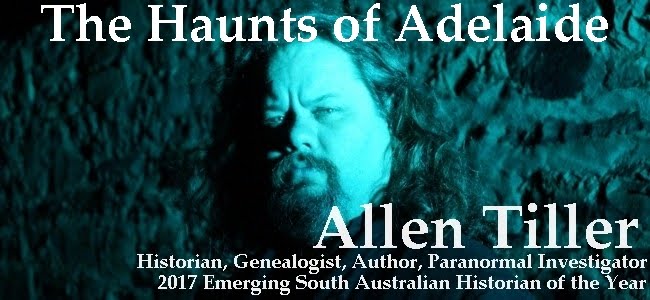Death in the Victorian Era part 3:
Funeral
Customs and Superstitions
 Victorian Era customs pertaining to
death were very strict. Most people of the era abided by them, believing
that bad things could happen to them if they did not.
Victorian Era customs pertaining to
death were very strict. Most people of the era abided by them, believing
that bad things could happen to them if they did not.It was customary upon the time of death (or as close to it as possible) to stop all the clocks in the house (to stop bad luck); to draw all the curtains in the house and cover all the mirrors with sheets of crepe to stop the spirit of the recently deceased getting trapped inside the mirror.
Sometimes family photos would be placed face down in the home, which was thought to prevent the recently deceased from possessing the living relatives.
 Wreaths would be tied to the front door, lychgate or sometimes front fence,
usually made of laurel, yew or boxwood; adorned with black ribbons, to signify
a death in the house.
Wreaths would be tied to the front door, lychgate or sometimes front fence,
usually made of laurel, yew or boxwood; adorned with black ribbons, to signify
a death in the house.The body of the deceased would usually be washed and laid out in his or her finest clothing in a room of the house. A family member would then sit with the body for 3 to 4 days, 24 hours a day, just to make sure they were actually dead. This is where we get the modern term “a wake” from.
The room would be filled with flowers, scented candles, sometimes pine branches or anything else suitable to mask smells that would inevitably come from the deceased body.
Some families would also take a photo with the body, this was known as ‘Memento Mori’ (of which I’ll be explaining in next week’s blog).
In later periods of the Victorian Era, it also became commonplace for the deceased person’s body to be carried from the home feet first, restricting the spirit from looking back into the home and beckoning another family member to follow him to death.
Children’s deaths however were treated a little differently as their innocence was often honoured by white coffins and white silk sheets, white gloves, and on occasion, where available, ostrich plumes
Some
of the many superstitions from the period include:
Never wear new clothes, shoes or jewellery to a funeral.
Never wear new clothes, shoes or jewellery to a funeral.
Rain on a funeral procession is a sign that the deceased is going to Heaven.

If you hear a clap of thunder following a burial it indicates that the soul of the departed has reached heaven.
If a number of deaths have occurred in the one house or family, the tying of black ribbons to anything living that is to enter one's house, including dogs, cats and other pets, will protect against death spreading within the household.
Cover your mouth while yawning so your spirit doesn’t escape and the devil cannot enter your body. This also applies to someone saying “bless you” after sneezing, stopping your soul from escaping and a roaming spirit from possessing your body!
It is bad
luck to meet a funeral procession head-on. If you see one approaching, turn
around. If this is unavoidable, hold on
to a button or religious medallion until the funeral cortege passes.
If you see
an owl in the daytime, there will be a death.
If you see
yourself in a dream, your death will follow.
If you
dream about a birth, someone you know will die.
If a
picture falls off the wall, there will be the death of someone you know.
If a
firefly/lightning bug gets into your house someone will soon die.
If you
smell roses when none are around someone is going to die.
If a bird
pecks on your window or crashes into one that there has been a death.
If a sparrow
lands on a piano, someone in the home will die.
Two deaths
in the family mean that a third is sure to follow.
Of course, being a superstitious time in human
history, there were a number that dealt with ghosts
and haunting, including the
following:
Never
speak ill of the dead because they will come back to haunt you or you will
suffer misfortune.
If you
hear 3 knocks and no one is there, it usually means someone close to you has
died. The superstitious call these the 3 knocks of death.
Maybe
you’ve heard other Victorian Era superstitions, or your family, or culture has
its own traditions and superstitions, join me over on Facebook and start a
discussion about your own beliefs on this subject – you can find the page here:
Next Week:
Death in the Victorian Era part 4
– Post Mortem Photography


No comments:
Post a Comment